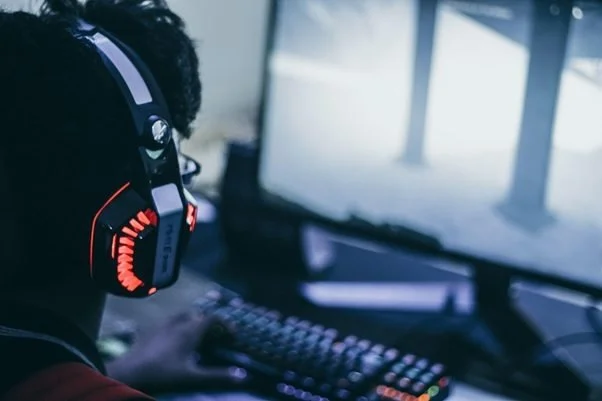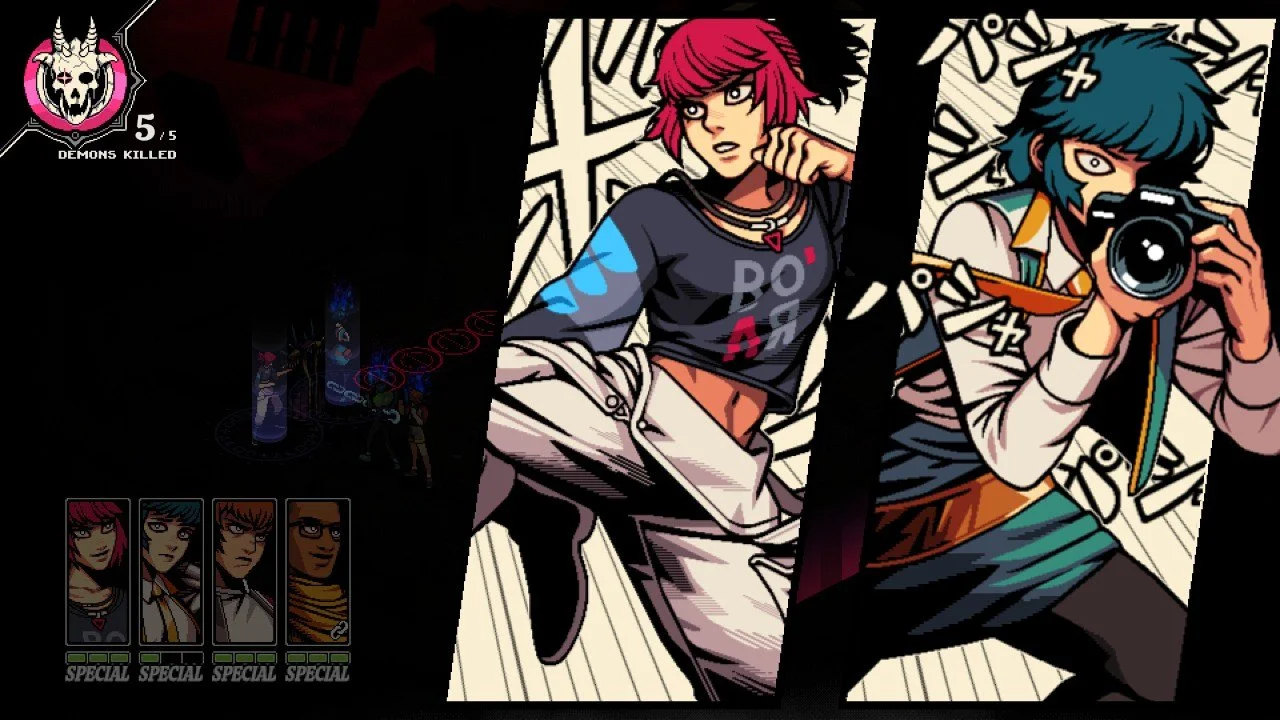Games are fast becoming a critical component of learning. Is it a novel idea or a terrible one? Have universities begun to use it? If you want to know more, read on today!
This is a question that has generated heated responses. There has certainly been controversy around the topics of games in a learning space. Are teachers and students alike better suited when games are integrated into classes?
This has been extensively discussed in academic essays in high schools and colleges. There are resources on Canadian EduBirdie to help write a well-articulated text on this topic. Using the right writing service provides the right data on the effectiveness of gaming in education.
The adoption of games in online learning is beginning to gain widespread acceptance, and it is no longer odd to see a university incorporate this into their teaching models. There are papers written on the level of acceptance, its challenges, and the lesson provided.
Using Video Games for Education: Game-Based Learning
This is a teaching method that involves using games to aid and recreate learning experiences. This is done using games that are proven to be beneficial to learning. Such games improve engagement and retention as well as reward healthy competition.
Game-based learning, also known as GBL, can be used from preschool up to college. As an example of the use of video games in education, a custom stock trading game can be used to teach college students economic principles, and a simpler colourful game can teach kids who are yet to start school how to form words. However, this does not mean GBL is not without its disadvantages.
Merits
Gaming in education has numerous merits, including:
Exploratory learning: Complex concepts can be quite difficult to explain despite visual aids. Sometimes, the best way a student can learn is to do it themselves. The use of games in education can provide a platform to explore what has been taught. You can try out newer ways of doing the same thing and learn by doing.
Safe space: It is often easier to learn at your own pace, objectively. Fun activities provide a safe environment to learn and unlearn without the fear and consequences of failure. If you get it wrong in reality, you may not have a second chance at it, but if you get it wrong in a game, you have multiple attempts to get it right.
Creative engagement: Getting the total attention of a young mind is no mean feat. There is a better learning experience when you can engage the minds of students in a way that keeps them yearning for more. The quality of learning is not entirely based on the time spent but on levels of focus and concentration. Games bring this into full view.
Demerits
Integrating games into education is not always fun, and there can be some drawbacks.
Games can end up being a source of distraction from other learning techniques. Students may easily get absorbed with the game even while a class is going on, leading to poor participation.
There is a need to have basic technical experience to make the best use in education. Using them for a learning outcome can be difficult when there is a technological gap which can make the entire process futile.
They also cannot be used to substitute the regular teaching models. Using fun activities to aid learning as a form of modern education can't replace the traditional system of learning. It is only an add-on. This limits its extent of use and functionality.
Which Schools/Universities Have Implemented It?
Almost every major college in the United States and beyond has integrated games in their educational models, albeit the extent of implementation varies. Below are only a few of the schools that run game-based learning:
University of Waterloo
Appalachian State University
Central Michigan University
University of Lüneburg's
London South Bank University
Conclusion
The use of games in educational models is not a new trend. A teacher can now transfer knowledge using this method. Several advancements have been made on these fronts, and different types have been developed or modified to aid learning.
Cards, puzzles, video, board, and word games, just to name a few, are possible options for a teacher to use video games in education for the sake of game-based learning. Their suitability, acceptance, and effectiveness determine the level of integration of these games into college education.





















